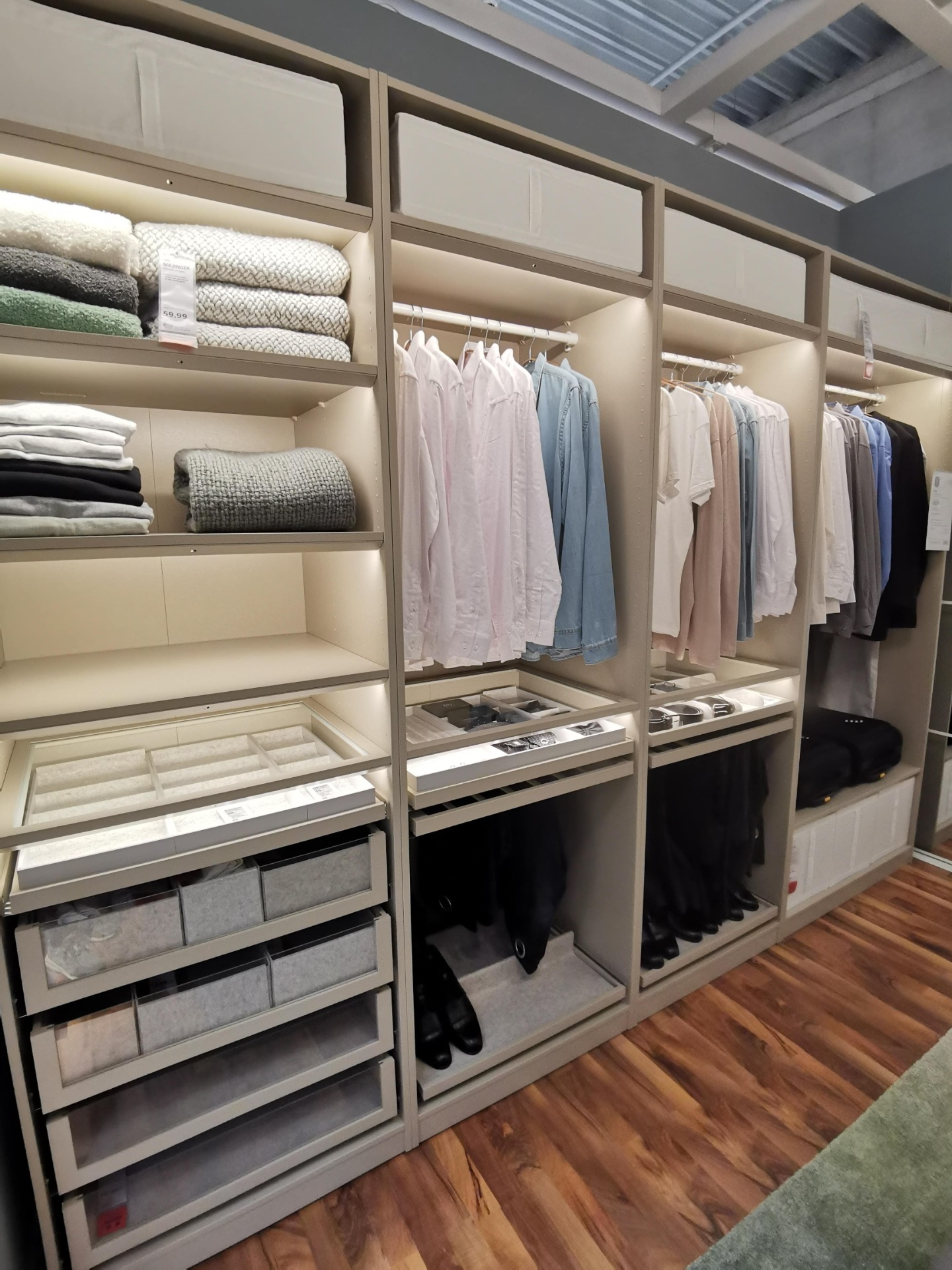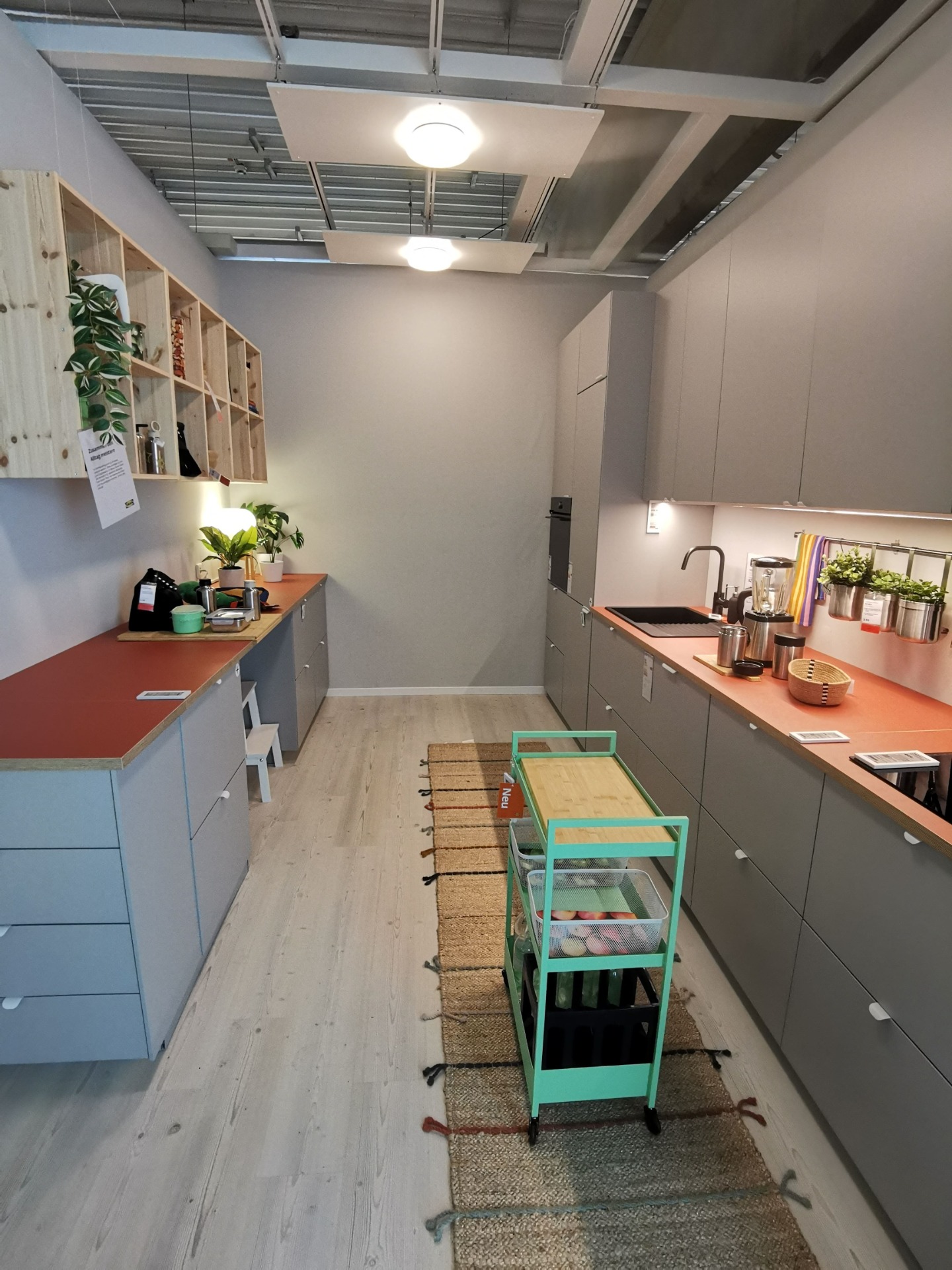Choosing the perfect kitchen system is one of the most important decisions when designing your home. IKEA offers two popular options: METOD and ENHET. While both provide stylish and functional solutions, they cater to different needs in terms of customization, durability, and budget.
How to Design a Modern and Stylish Kitchen with Beige Cabinets

Beige is a timeless color that has become increasingly popular in kitchen design. Beige cabinets offer a neutral and warm look that can complement a variety of design styles. However, many people are unsure how to incorporate beige cabinets into a modern and stylish kitchen. In this article, we will provide design ideas and tips for creating a beautiful kitchen with beige cabinets.

In this article, we will explore a series of design ideas and tips for creating a modern and stylish kitchen using beige cabinets. All the pictures featured in this article showcase an elegant and inviting beige IKEA kitchen, which you can easily recreate in your own home. If you're interested in updating your kitchen and incorporating beige cabinets, be sure to check out IKEA's wide selection of kitchen cabinets and accessories to find the perfect match for your design needs.

The Benefits of Beige Cabinets
- Neutral and versatile color
- Warm and inviting look
- Matches well with a variety of colors and styles
- Timeless and classic

Choosing the Right Shade of Beige
- Consider the undertones of the beige (yellow, pink, gray, etc.)
- Match the beige shade to the style of the kitchen (warm beige for traditional, cool beige for modern)
- Test the beige color in different lighting conditions

Complementing Elements in the Kitchen
- Choosing the right countertop (white marble, black granite, wood, etc.)
- Selecting a backsplash (subway tile, mosaic, colored glass, etc.)
- Matching the flooring (wood, tile, concrete, etc.)
- Adding accent colors (black, white, gray, navy, green, etc.)
- Incorporating textures (wood, metal, stone, etc.)

Popular Color Schemes and Patterns
- Beige and white (clean and classic)
- Beige and black (sleek and modern)
- Beige and navy (coastal and nautical)
- Beige and green (natural and earthy)
- Beige and gold (luxurious and elegant)
- Beige and patterns (geometric, floral, etc.)

Design Tips and Ideas
- Mix and match beige cabinets with a contrasting island or lower cabinets
- Incorporate open shelving to break up the beige cabinets and add visual interest
- Use lighting to highlight the beige cabinets and create ambiance
- Add pops of color with accessories (rugs, artwork, dishware, etc.)
- Incorporate natural elements (plants, wood, stone, etc.) for texture and contrast

Conclusion:
Beige cabinets can create a beautiful and stylish kitchen that is both warm and inviting. By choosing the right shade of beige and complementing elements, you can create a space that is modern, timeless, and matches your personal style. With the design tips and ideas in this article, you can create a stunning kitchen with beige cabinets that will impress your family and friends.
When you step inside IKEA's wardrobe displays, one thing becomes clear: the PAX system is designed to give you structure and order. As you can see in this example, every shelf, drawer and rail has its place – making it easy to imagine how it would look in your own home.
The VOXTORP dark gray kitchen from IKEA is the perfect choice for those who love modern, minimalist design. With its sleek, handle-free fronts and matte finish, it creates a clean and sophisticated look that suits both contemporary and industrial-style homes. The deep gray tone adds a sense of elegance while remaining neutral enough to complement a...
If you're looking for a sleek and stylish kitchen design, then the VOXTORP dark gray kitchen series from IKEA is definitely worth considering. The VOXTORP series is known for its clean lines and minimalistic design, which is perfect for those who prefer a modern and streamlined look.
Many people are searching for color codes for IKEA kitchen fronts, but they can be difficult to find. To ensure accuracy, it is important to rely on a trustworthy source—in this case, IKEA. At the bottom of this article, you will find color codes for discontinued METOD fronts.
When it comes to modern kitchen design, balance is everything. Clean lines, functional storage, and clever material choices all play their part. This IKEA HAVSTORP kitchen, photographed by Mauritz in Berlin, Germany, is a perfect example of how simplicity can meet warmth to create a space that feels both sleek and inviting.
Text and photo: Mauritz





